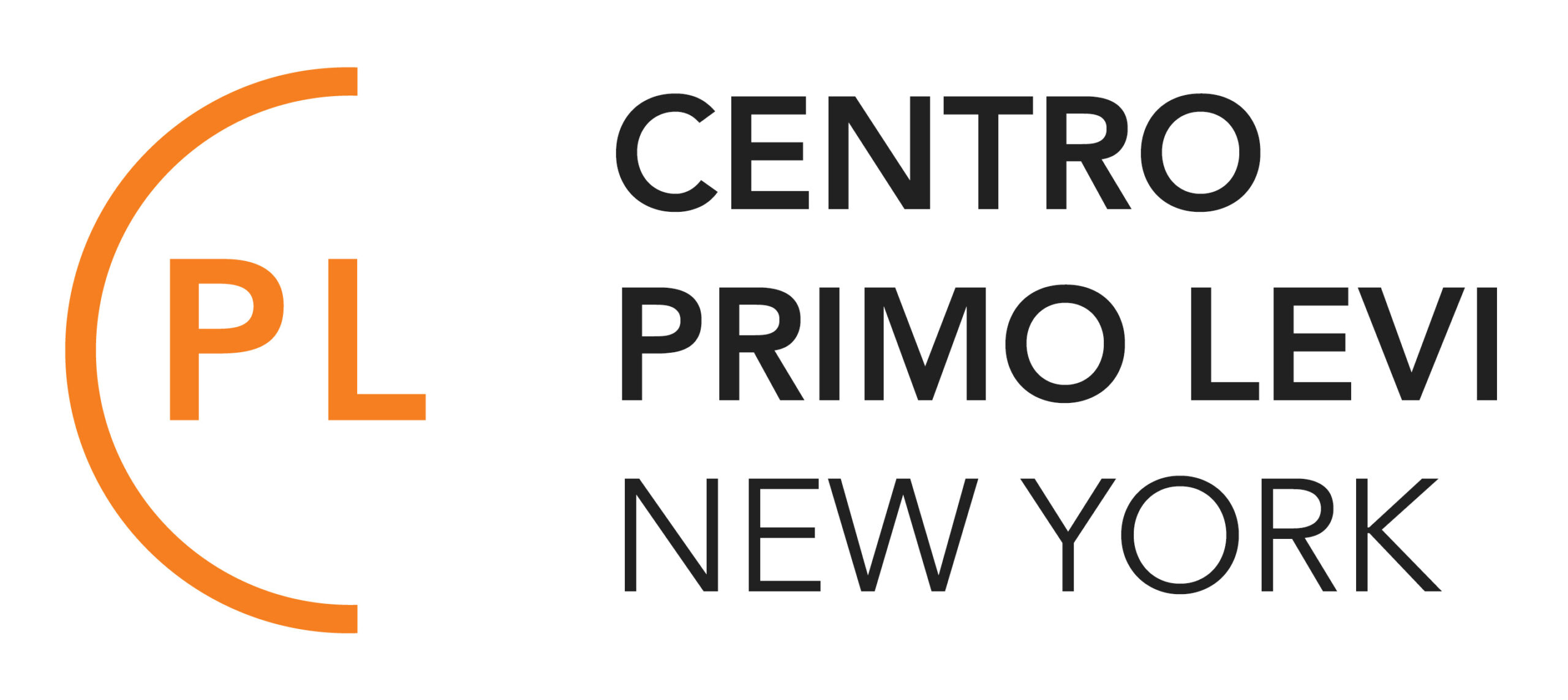To be a scribe in Italy: A Century Old Legacy
08Nov6:30 pmTo be a scribe in Italy: A Century Old Legacy
Event Details
To be a scribe in Italy: A Century Old Legacy Rav Amedeo Spagnoletto, Collegio Rabbinico Italiano. Free and open to the public. Reservations: romelab@primolevicenter.org According to scholars a great part of the
Event Details
To be a scribe in Italy: A Century Old Legacy
Rav Amedeo Spagnoletto, Collegio Rabbinico Italiano.
Free and open to the public. Reservations: romelab@primolevicenter.org
According to scholars a great part of the most precious Jewish manuscripts produced up to the 15th century have a connection with the Italian peninsula. A unique calligraphic tradition developed in Italy as a synthesis of different traditions that at one point coalesced and formed a distinct style that has resisted the passage of time. Working as a sofer (scribe) and restorer for more than thirty years, Amedeo Spagnoletto has slowly recovered traditional calligraphic art by making books, liturgical parchments, ketubbot, tefillin and mezuzot and restoring precious Sifrè Torà that were copied between the 13th and 15th centuries. He has become a keeper of the Italian tradition handed down for centuries from generation to generation.
In this presentation Rav Spagnoletto will discuss the history, the halakhic norms, the practice and the search for beauty, art and elegance that converge in the making of handwritten Hebrew text.
About
Amedeo Spagnoletto, obtained a degree in History and completed his rabbinic studies at the Collegio Rabbinico Italiano. He graduated from the Vatican School of Library Economics and attended various Rabbinical institutes in Jerusalem where he was awarded the degree as a sofer. For thirty years he has been a scribe and restorer of Jewish traditional texts in Rome and worked for many Jewish communities and institutions around the world. He also conducts research on Hebrew bibliography. He has published widely in many catalogs and volumes on Hebrew book and manuscript treasures of Italian collections. He is also the author of several volumes on rabbinic literature and Italian Judaism for the general public. He teaches at the Collegio Rabbinico Italiano where he is also a member of the Master of Jewish Studies of UCEI.
Time
November 8, 2017 6:30 pm(GMT+00:00)
Location
Center for Jewish History
